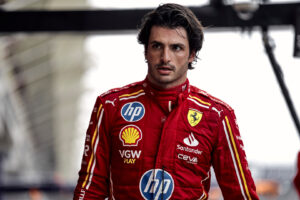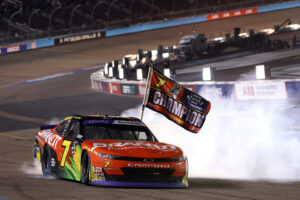A new age of cars is about to rev into life with the 2017 Formula 1 changes bringing faster, aggressive-looking machines. Many have seemingly written-off the new rules before anybody has seen a single wheel turned in anger, and such comments are perhaps premature and pessimistic. F1 in 2017 could be a great season.
Why we Should be Optimistic About the 2017 Formula 1 Changes
The seismic shockwaves which were sent through F1, motor racing, and the world of sport as a whole when Nico Rosberg announced his immediate retirement from racing has helped provide us with some interesting driver intra-team battles to keep an eye on, not least the intrigue of how Valtteri Bottas will be able to challenge three-times world champion Lewis Hamilton at Mercedes. Bottas’s move to Mercedes means that rookie Lance Stroll will have a realistic yardstick in veteran Felipe Massa at Williams. This also means that Pascal Wehrlein will have an important battle against the ever-improving Marcus Ericsson at Sauber.
Elsewhere, Sergio Perez will need to keep an eye out for Esteban Ocon at Force India, who impressed in his partial season at Manor last year. Nico Hulkenberg will be expected to beat Jolyon Palmer in his sophomore year at Renault, but there is no guarantee there. A similar story is expected at Haas with Romain Grosjean going up against Kevin Magnussen. Finally, ten years after Fernando Alonso’s infamous first stint with McLaren, he goes up against a rookie tipped for great things. However, don’t expect the fireworks from Stoffel Vandoorne which we saw all those years ago from Hamilton and Alonso.
The increase in downforce and therefore cornering speeds of the cars are in theory going to be detrimental to ‘the show’. Increased dirty air will make it more difficult to follow cars in front. However, the increase in width of the tyres and the cars in general is expected to offset at least some of the increase in dirty air. Also with the tyres, Pirelli has made them more durable compared to the ‘chewing-gum’ tyres of previous seasons. That will reduce the number of pitstops in a race, but will also allow for drivers to be able to push harder, which will increase the number of mistakes made, which may allow for a driver behind to have a sniff at an overtake. The increased physical demands of the car should also result in more mistakes, especially in very physical events such as the Singapore and Malaysia races.
Increased downforce and therefore drag however does increase the effect of DRS (somewhat unsurprisingly). However, Liberty Media’s new Director of Motor Sport Ross Brawn has been vocal in questioning whether F1 requires DRS at all, so hopefully he will address the issues from last year that some zones seemed excessively long or just plain unnecessary. If DRS is done right, it can provide some great racing, but hopefully its stay as a temporary ‘fix’ for F1’s overtaking problem does not extend for too much longer.
The development race is going to be one of the biggest talking points of the season, thanks to the new chassis regulations as well as the scrapping of the power unit ‘token system’, resulting in unrestricted development on the power units across the season. The number of power units allocated to each car however, has been reduced to just four for the season, so bringing in brand new (and upgraded) units may come at the cost of major grid penalties. The major chassis changes for 2009 brought a strange season where almost every team was able to challenge for at least a podium during the year.
The factors discussed may well result in Mercedes’ dominance in the sport coming to an end, or at the very least be challenged. Red Bull could benefit most from these changes, and they have arguably the strongest pairing within F1 today. Ferrari cannot be counted out, and McLaren may spring a surprise or two. Rapid improvements from Renault are expected, and the likes of Force India and Toro Rosso should also feature frequently in the races. Ultimately, regardless of what happens at the front, we absolutely know that it will not be Hamilton vs Rosberg yet again.
Other small changes including cars not being able to be worked on under a red flag, as well as a standing start if a race is declared wet following a few laps behind the safety car should also spice a few things up a bit.
F1 cars may not be equipped with the deafening screams of the V10 engines now, nor do they have the roar of the turbos of the past, but the hybrid power units do have a nice, complex sound which is refreshing to hear. Either way, the onboards are going to become jaw-dropping to watch once again and if the racing is not harmed as much as feared, then it should be thrilling to watch. 2017 may not provide the drama, the action or the sheer shocks of a year such as the 2012 season, but there is no need to write this season off just yet.






